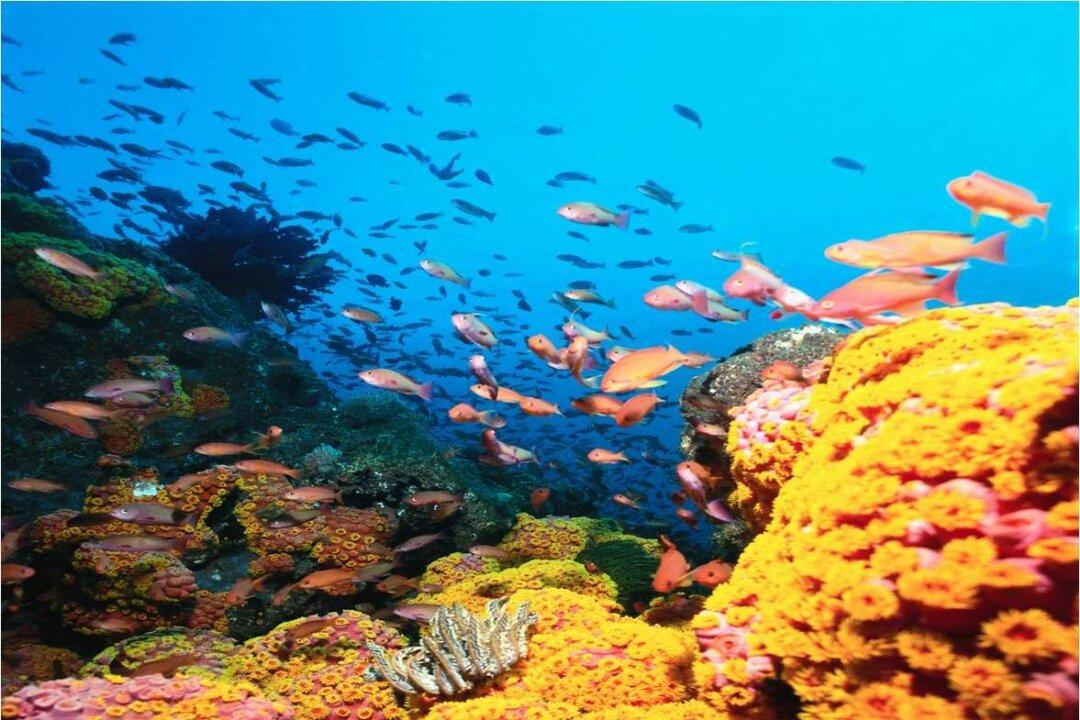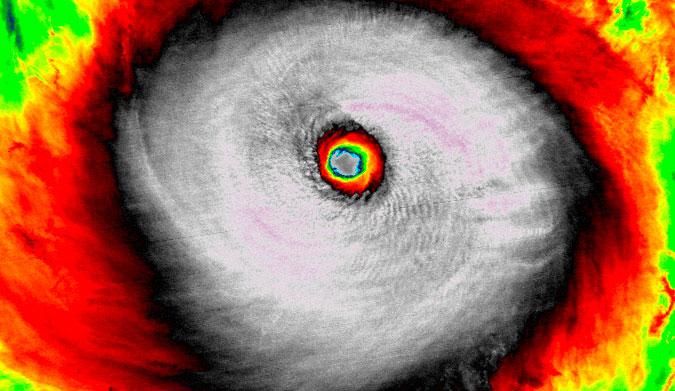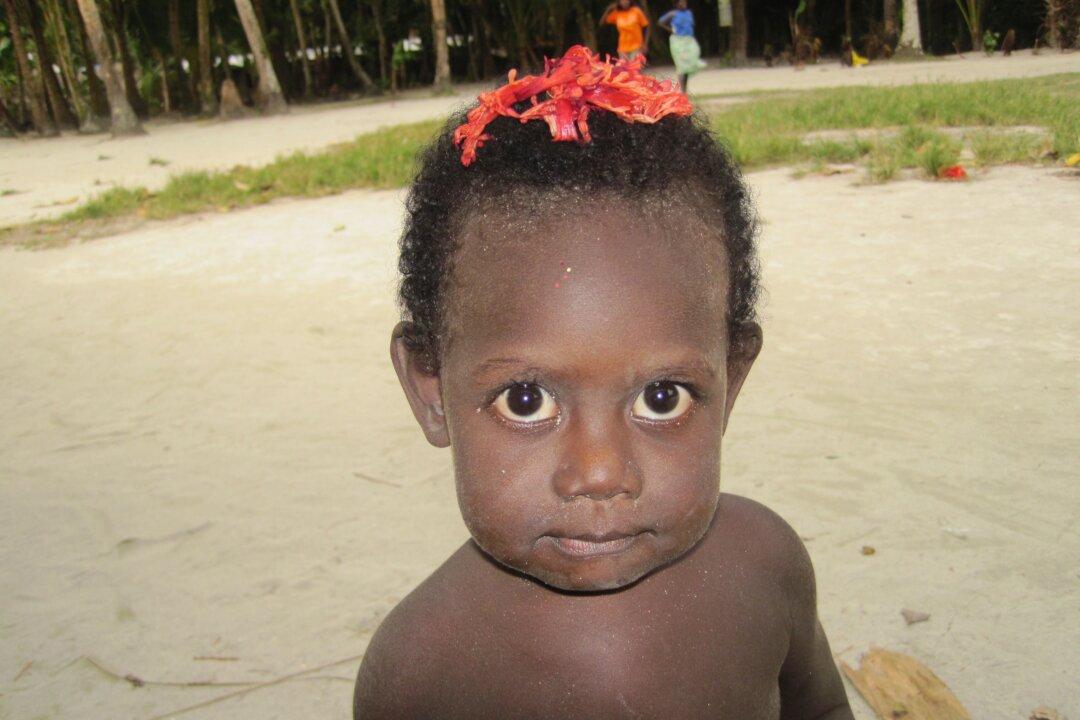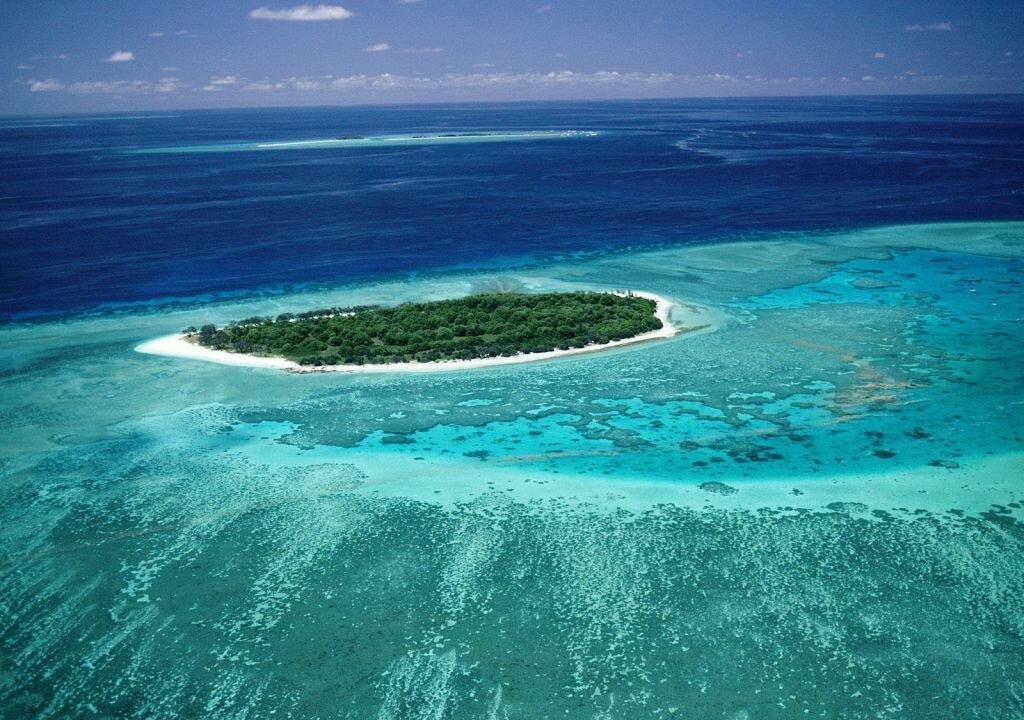It’s just on a month ago that staff at The Andaman Resort were preparing for the arrival of their biggest ever CSR group to join our coral reef rescue. Community and Social Responsibility (CSR) has become the latest team activity of concerned businesses around the world who realize that they do owe something to the environment and community that has contributed in part to their success.
The group was the CEO Circle from the huge Thomson Reuters Corporation and the participants were all about getting things done and moving ahead. What was wonderful is that they had chosen the location for its incredible natural setting and geological history and, perhaps most significantly, the coral reef rescue program. They wanted to make a difference for this tiny tropical island and its people.
Those following this blog will know that the 2004 tsunami devastated coral reefs in the Andaman Sea and parts of the Indian Ocean. The Andaman’s Coral Nursery has been working to reverse the damage through coral reef rescue and an artificial reef project that’s just off the ‘drawing board’.
Support for the reef based projects has been strong through earlier CSR group activities and from the continuous ‘stream’ of concerned guests. But now the Andaman had a resort filled with eager participants armed with an understanding of how pressing ocean and coral reef conservation was becoming in this part of the world. This was going to be great!
The group was split up into teams with different tasks. In the end all of these would mesh together for the final result; more coral and badly needed shelter on a reef stripped bare by a tsunami generated by the third largest earthquake in recorded history.
Their smallest team mounted tiny living ‘coral chips’ on common cement building bricks. The ‘chips’ grow quickly in the Andaman’s coral nursery where they are kept until ready for transplanting. Currently, the nursery is transplanting three species that have proven to be hearty and fast growing. Parent material is selected from colonies that are living in warm, shallow water; these may provide future generations with a head start in dealing with slowly increasing ocean temperatures.
Their largest team was given the unenviable task of building concrete “mini-ARMs”. This is an acronym for miniature artificial reef modules. These small concrete hemispheres are about 500mm in diameter, have three or four small entrances, and are covered in coral rubble. The rubble is the product of the tsunami. When the wave struck, tens of thousands of live corals were swept ashore and up into the rainforest.
Staff and guests collect these coral skeletons and have now ‘stockpiled’ over 100 tons of limestone that can be recycled to the reef for future coral growth. The skeletons are incorporated into the “mini-ARMs” concrete and produce a natural looking exterior ripe for colonization by young coral colonies and numerous invertebrates.
“Mini-ARMs” are very important; they not only provide the right kind of surface to support future coral growth, they provide shelter and growing room for predatory fish like groupers that are now overfished by the local community. Groupers are mid-sized predators that are important in the reef food web and are also highly sought after by man.
A third team took older coral colonies off the cement bricks where they had ‘matured’ in the nursery for up to six months. These corals were then transplanted to the Resort’s stockpiled “mini-ARMs” and carried down to the sea for their journey out to the reef edge.
The first of the larger ‘scientifically’ designed artificial reef will be in Datai Bay near the small island called Anak Datai.
The efforts of the CEO Circle of Thomson Reuters has acted as a catalyst for the establishment of a planned non-profit foundation to oversee the artificial reef’s development and the continuation of this project.
But why do we feel that this is so important? Why do we need corals and groupers back on the reef?
What wasn’t known before but has recently been published in Ecology Letters (February, 2013) is that the reduction in numbers of just one predator like the groupers can bring about the extinction of many others. This helps to explain the ancient global catastrophes caused by things like meteorites, volcanoes, and climate changes.
Lead researcher Dr Frank van Veen of the University of Exeter’s Centre for Ecology and Conservation said: “We have shown that the complex ripple effect of a change in population size across food webs is more sensitive than previously thought and that a reduction in the numbers of one carnivore can lead to the extinction of another carnivore species. We also found evidence that the second extinction can trigger further ones, leading to a cascade of extinctions, like dominoes toppling over.”
This disturbing finding seems to explain why our ’single species’ approach to conservation, the one most used in fisheries management, just does not work. As a marine ecologist I am very concerned. Our fisheries are in crisis! The FAO estimates that 70% of world commercial fisheries have already collapsed or are now collapsing. I have been told that Malaysian fishermen have caught about 95% of their stocks. Langkawi depends on seafood and since the tsunami, fishing pressure and the lack of suitable habitat is driving local reef carnivores, like the groupers, toward the brink of extinction regionally.
If Dr van Veen is right then we can expect other carnivors that are not part of our fisheries to dive toward extinction and still more to follow them. The bulk of Langkawi’s ocean food pyramid may collapse in a very short time.
Here on the tiny island of Langkawi people are doing what they can to repair the damages caused by a tsunami that changed not only their reef but their future. But they are doing more than that.
With the help of groups like CEO Circle from Thomson Reuters, they are showing the world that we all have a part to play in maintaining this planet’s environment. And they are showing others that each business and each individual can accept their responsibility and really can make a difference.




